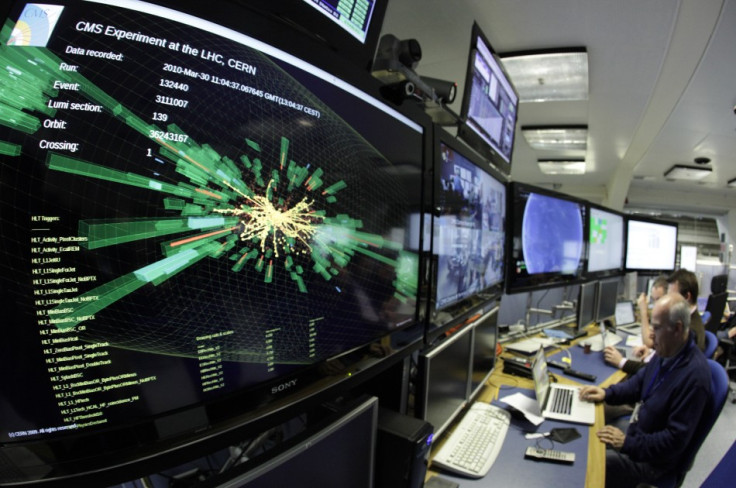Timeline of Discoveries of Subatomic Particles

Subatomic particles are particles smaller than an atom: they may be elementary or composite. Both particle and nuclear physics have been experimenting, researching on these miniscule subjects. To the common man with a basic knowledge of science, subatomic particles are electrons, protons and neutrons, but for the scientific community it is a lot more than that.
We present a timeline of the discovery of subatomic particles which have solved many mysteries and are the subject of research:
- 1801: Johann Wilhelm Ritter observed that silver chloride transformed faster from white to black when it was placed in a dark region of the Sun's spectrum, close to its violet end. The "chemical rays" that he discovered were later called ultraviolet radiation.
- 1895: German physicist Victor Schumann discovered ultraviolet radiation below 200nm, which was later identified as photons.
- 1895: German physicist Wilhelm Conrad Röntgen produced electromagnetic radiation in a wavelength called X-ray.
- 1897: J.J. Thomson while studying properties of cathode rays discovered electrons.
- 1899: Ernest Rutherford in his gold foil experiment discovered the alpha particle.
- 1900: Paul Villard's experiments in radioactivity led to the discovery of gamma rays.
- 1911: The Rutherford experiment by Hans Geiger and Ernest Marsdenresulted in the discovery of atomic nucleus.
- 1919: Ernest Rutherford discovered protons.
- 1932: James Chadwick discovered the unknown atomic particle which later came to be known as the neutron.
- 1932: Carl D. Anderson's detailed study of energy distribution of cosmic-ray particles led to the discovery of positrons.
- 1936: Seth Neddermeyer, with Carl Anderson, discovered the muon, a negatively charged subatomic particle.
- 1946: C. F. Powell discovered the pion (pi-meson), a heavy subatomic particle.
- 1947: George Dixon Rochester and Clifford Charles Butler discovered the kaon, the first "strange" particle.
- 1947: Λ0 or the first lambda was discovered during a study of cosmic ray interactions.
- 1955: Owen Chamberlain, Emilio Segrè, Clyde Wiegand and Thomas Ypsilantis conducted an experiment which resulted in the discovery of the antiproton.
- 1956: Team of Frederick Reines and Clyde Cowan discovered the electron neutrino, a subatomic particle with no electric charge.
- 1962: Leon Lederman, Melvin Schwartz and Jack Steinberger discovered what is identified as the muon neutrino.
- 1964: The xi or cascade baryon was first observed at Brookhaven National Laboratory in New York.
- 1974: Two research groups, one at Stanford Linear Accelerator Center under Burton Richter and another at Brookhaven National Laboratory under Samuel Ting discovered J/ψ, a flavor-neutral meson.
- 1975: American physicist Martin Perl discovered the tau lepton.
- 1977: Upsilon meson was discovered by Fermilab, under Leon Lederman.
- 1979: German Electron Synchrotron, the top research centre for particle physics in Germany where the gluon was observed for the first time.
- 1983: Carlo Rubbia, Simon van der Meer and the CERN UA1 discovered W and Z bosons.
- 1995: Physicists at Fermilab's Department of Energy announced the discovery of a subatomic particle called the top quark.
- 1995: Antihydrogen, antimatter counterpart of hydrogen, was artificially produced for the first time at CERN.
- 2000: Fermilab confirmed the discovery of the tau neutrino.
- 2011: Members of the international STAR collaboration detected the antimatter partner of the helium nucleus, antihelium-4.
© Copyright IBTimes 2025. All rights reserved.





















